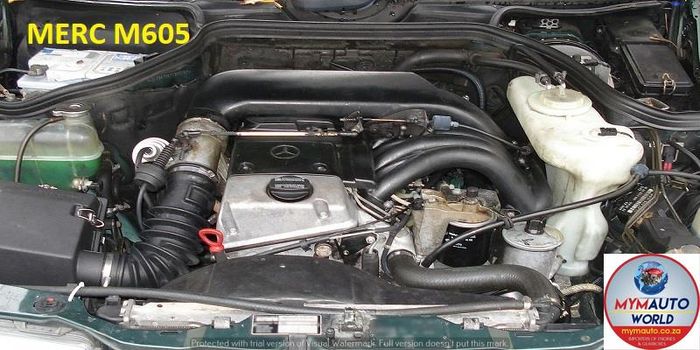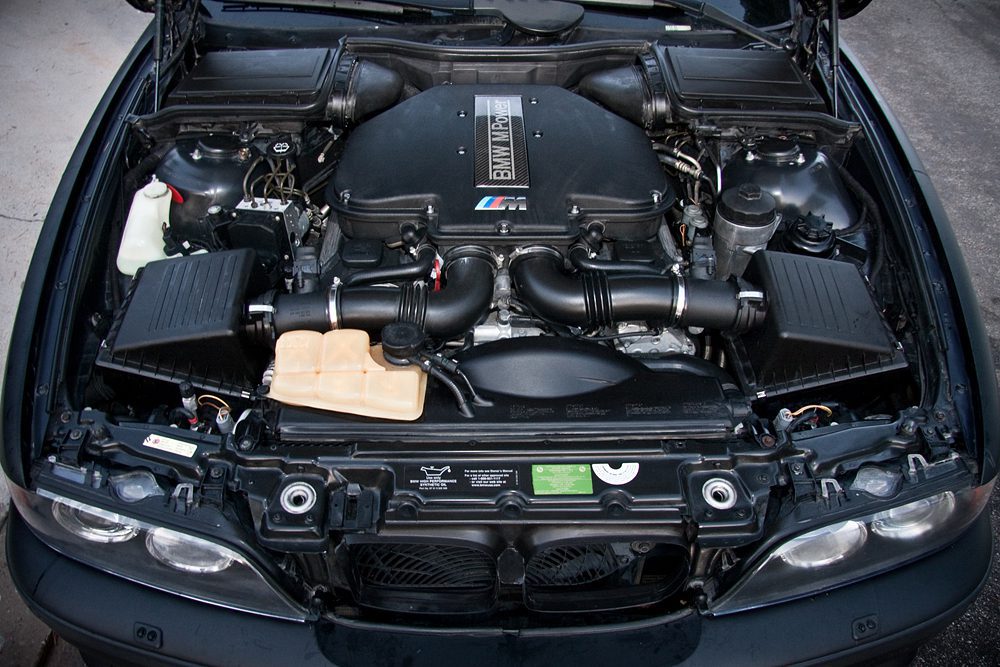Update Your Car with a New Opel Corsa Engine
Update Your Car with a New Opel Corsa Engine
Blog Article
Exploring the Inner Workings of a Compact Lorry's Engine System
As vehicle drivers, we commonly take for granted the detailed procedures that occur within the boundaries of our automobile's engine system. The compact yet intricate machinery that drives us forward is a wonder of engineering precision and sychronisation. From the regulated explosions in the burning chamber to the careful timing of gas injection, every part plays a critical function in the smooth procedure of the engine. In this exploration of a portable automobile's engine system, we will unwind the inner operations of this mechanical symphony, losing light on the mysteries that drive us onward on our daily trips.
Combustion Process Introduction
The combustion process in a small car's engine system is a crucial system that efficiently transforms gas into energy to power the lorry. This process happens within the burning chamber of the engine, where fuel and air mix, stir up, and generate controlled explosions. The combustion procedure includes 4 main stages: intake, exhaust, power, and compression.
Throughout the consumption stage, the piston moves downward, drawing in a blend of air and gas into the combustion chamber. This down activity generates the power needed to drive the lorry. This cyclic combustion process is essential to the procedure of a portable vehicle's engine system, making sure reliable energy conversion for propulsion.
Piston and Cylinder Communication

The piston's accurate fit within the cylinder is vital for preserving ideal compression and stopping power loss throughout combustion. Limited clearances in between the piston and cyndrical tube wall surfaces make certain reliable securing, permitting the piston to relocate efficiently without enabling gases to leak past. Proper lubrication is also important to decrease friction and put on between these components, boosting durability and performance.
Additionally, the style and materials utilized in manufacturing the piston and cyndrical tube impact engine performance and durability. Modern engines usually use lightweight yet sturdy materials like light weight aluminum alloys for pistons and cyndrical tube liners to minimize inertia and improve thermal performance. Overall, the unified communication between the piston and cylinder is essential to the engine's performance and overall efficiency.
Fuel Injection System Capability
Fuel shot systems in small vehicle engines play a crucial duty in exactly delivering gas to the combustion chamber for regulated and effective ignition. The gas injection system operates by injecting gas into the burning chamber at the optimal minute during the engine's operation (opel corsa engine). This specific timing guarantees that the gas mixes equally with the air for appropriate burning, resulting in boosted fuel efficiency and lowered discharges
There are largely two sorts of fuel shot systems used in small vehicle engines: port gas injection (PFI) and direct gas injection (DFI) PFI systems infuse gas right into the intake port prior to the intake shutoff, while DFI systems inject gas directly into the combustion chamber. Both systems have their benefits, with DFI providing far better fuel atomization and PFI supplying an extra affordable option.
Understanding Engine Air Conditioning Mechanisms
Reliable procedure of a compact car's engine counts greatly on the effectiveness of its cooling systems. Engine air conditioning is necessary to prevent overheating, which can cause significant damage and decreased performance. The air conditioning system in a portable lorry generally consists of a number of parts interacting to manage the engine temperature. One essential part is the radiator, which makes use of coolant to absorb heat from the engine. As the hot coolant streams with the radiator, it launches warm right into the air, cooling off prior to going back to the engine. The water pump circulates the coolant through the engine and radiator, making sure a constant circulation to control temperature level. Furthermore, the thermostat assists regulate the coolant circulation to keep optimum engine temperature level. Some lorries additionally have cooling down followers that trigger when additional air conditioning is required, such as throughout rush hour or hot weather. Understanding these engine cooling mechanisms is essential for maintaining the performance and longevity of a portable lorry's engine system.

Exhaust System Elements Explained
The ideal functioning of a portable lorry's engine cooling mechanisms relies on a complementary system referred to as the exhaust system, which comprises numerous vital components for making certain effective emissions and engine efficiency. The exhaust system includes elements resource such as the exhaust manifold, catalytic converter, muffler, and tailpipe. The exhaust manifold collects exhaust gases from the engine's cyndrical tubes and paths them to the catalytic converter. The catalytic converter after that converts harmful toxins in the exhaust into much less dangerous emissions prior to launching them with the muffler and tailpipe.
One important part of the exhaust system is the oxygen sensor, which keeps an eye on the oxygen degrees in the exhaust gases to help this link regulate gas intake and guarantee ideal engine efficiency. opel corsa engine. Additionally, the resonator might be existing in some exhaust systems to reduce noise levels. In general, the exhaust system plays an essential role in preserving engine effectiveness, reducing hazardous discharges, and making certain a quieter driving experience for compact car owners

Conclusion
In final thought, the portable vehicle's engine system is a complicated mix of parts that collaborate to facilitate the combustion process, transform gas right into energy, and remove waste gases. Comprehending the internal operations of the engine system, including the piston and cyndrical tube communication, gas shot system, engine air conditioning mechanisms, and exhaust system components, is important for preserving optimum efficiency and effectiveness of the lorry.
The burning procedure in a portable vehicle's engine system is a vital system that effectively transforms gas right into energy to power the lorry.Gas shot systems in small lorry engines play an important function in precisely providing fuel to the combustion chamber for efficient and regulated ignition.There are mostly 2 kinds of fuel injection systems used in compact vehicle engines: port fuel shot (PFI) and check over here straight gas injection (DFI) Understanding these engine cooling mechanisms is vital for keeping the efficiency and durability of a small car's engine system.
The optimal performance of a portable automobile's engine cooling mechanisms depends on a corresponding system recognized as the exhaust system, which makes up various important components for ensuring reliable discharges and engine performance.
Report this page